This article was medically reviewed by Sarah Gehrke, RN, MS and by wikiHow staff writer, Jessica Gibson. Sarah Gehrke is a Registered Nurse and Licensed Massage Therapist in Texas. Sarah has over 10 years of experience teaching and practicing phlebotomy and intravenous (IV) therapy using physical, psychological, and emotional support. She received her Massage Therapist License from the Amarillo Massage Therapy Institute in 2008 and a M.S. in Nursing from the University of Phoenix in 2013.
This article has been viewed 61,364 times.
You may feel overwhelmed if you've felt a lump in your breast during your monthly self-exam, but it could be a common breast cyst. Breast cysts are usually small pockets of fluid that build up within your breasts. While most breast cysts are harmless and go away on their own and don't need treatment, there are things you can do at home to make yourself more comfortable.[1] Take pain medication, apply warm heat, and wear bras with good support. If the pain and discomfort are severe, talk with your doctor about draining the cysts, taking prescription medications, or surgically removing the cysts.
Steps
Diagnosing Breast Cysts
-
1Determine your risk for breast cysts. Women between the ages of 30 and 40 are more likely to develop lumps or cysts within the breasts. Hormonal changes can cause cysts to develop, so you may notice breast cysts develop right before your menstrual cycle begins.[2]
- Remember that breast cysts are not cancerous. Many women develop breast cysts in the years leading up to menopause. Even men can develop breast cysts.
-
2Perform a breast self-exam at home. A few days after your period ends, check your breasts for cysts. Hold your hands on your hips and look in the mirror for any obvious changes to the shape of your breasts. Raise your arms and look again for any swelling, redness, or bulging. Lie down and hold one arm behind your head. Use your other hand to firmly rub the opposite breast in circles so you can feel any lumps. Repeat this by putting the opposite arm behind your head and feeling the other breast.[3]
- Ensure that you check the entire breast, from your collarbone to the top of your abdomen.
- If you do the self-exam a few days after your period has stopped, your breasts will be less tender and swollen which makes the exam easier.
Advertisement -
3Talk with your doctor about possible testing. If you notice that the lump or lumps in your breast only seem sensitive as you approach or finish menstruating, you may be able to cope with the cysts without medical treatment. Talk with your doctor if the lump is firm, doesn't change throughout your menstrual cycle, or causes you pain. You may want to discuss the lump with your doctor if you want to put your mind at ease. The doctor may recommend getting an ultrasound.
-
4Get an ultrasound to determine if you have a simple or complex cyst. The doctor will do an ultrasound of your breasts to check whether the cyst is solid or filled with liquid. If it's solid, the doctor may want to remove the complex cyst for testing. If it's filled with liquid, the doctor can drain it or tell you how you can cope with the cyst at home.[4]
- You can make yourself more comfortable as the cyst naturally drains on its own. Some women find that applying heat or taking pain medication can help with the discomfort.
Coping with Simple Cysts
-
1Monitor the cysts for changes. Most simple cysts will clear up on their own without needing treatment. Keep track of how the lump feels, if it changes in size or appearance, and if it causes you pain. Remember to perform breast self-exams every month.[5]
- Try using a journal or app to write down breast changes throughout the month. This will help you see patterns of when the cyst develops, causes you pain, or drains away.
-
2Take a pain reliever for mild discomfort. If you have simple cysts that only irritate you occasionally, take over-the-counter pain relievers according to the manufacturer's instructions. You might notice that you only feel pain if your breasts swell at the end of your menstrual cycle. It's safe to take acetaminophen or ibuprofen to cope with the pain.[6]
-
3Apply gentle heat to the cysts. If your breasts feel tender or swollen, place a warm water bottle, heating pad, or warm compress on the cysts for 10 to 15 minutes. To make a basic compress, wash your hands and run a clean washcloth under warm water until it's saturated. Wring the excess water out of the washcloth and press it against the cysts.[7]
- You can repeat this as often as you need to throughout the day.
-
4Take a hot shower. If you don't want to make a warm compress, you could get pain relief by running hot water over the cyst. Take a hot shower and let the water run over the cyst for at least 15 minutes.[8]
- If the hot water hitting the cyst is painful, use cooler water or seek medical attention.
-
5Wear a bra with good support. If you have a large cyst or more than one, your breasts may feel heavier because of the excess fluid. Buy bras that fit you well and give your breasts support. Avoid bras that fit too tight or have underwires since they can prevent the lymph nodes from draining. Instead, look for bras that contain your breasts without bulging or puckering at the sides.[9]
- Poor-fitting bras can actually cause breast pain and discomfort, so it's important to find a bra that comfortably supports your breasts. If you need help, ask to be professionally fitted.
Getting Medical Treatment
-
1Drain the cysts. If the simple cysts are causing you pain and you'd like to relieve the pressure, ask the doctor about draining them. The doctor will put local anesthesia around each cyst before inserting a slender, hollow needle directly into it. The needle will fill up with the fluid from the cyst until the cyst is drained.[10]
- The doctor can study the fluid from the cyst to confirm what type of cyst it is.
-
2Take antibiotics for the infection, if necessary. If the doctor determines that you have a breast cyst that's infected, it will be red, swollen, and painful to the touch. To treat an infected breast cyst, you'll need to take antibiotics. Surgery isn't required to treat infected breast cysts.[11]
-
3Ask your doctor about hormonal treatments. If the pain from the breast cysts is noticeably linked to your menstrual cycle and you're having severe pain or discomfort, ask your doctor to prescribe hormones. Follow your doctor's prescription when taking oral contraceptives or hormone therapies, such as tamoxifen or androgens, to regulate your symptoms.[12]
- Remember to learn about possible side effects of oral contraceptives or hormone therapies before beginning any new treatments.
-
4Surgically remove the cysts. If the cysts fill up again and continue to cause you pain, discuss with your doctor if you should have them surgically removed. A surgeon will use general anesthesia before the surgery to remove the cysts. After the surgery, you'll be able to go home the same day to recover. The doctor may give you prescription pain medication and will give you instructions on how to clean the area where the cyst was removed.[13]
- The doctors may recommend that you stop taking aspirin or other blood-thinning medications before the surgery. You'll also need to stop eating or drinking at least 8 to 12 hours before surgery and ask a friend to give you a ride home from the hospital.
Things You'll Need
Diagnosing Breast Cysts
- Mirror
Coping with Simple Cysts
- Over-the-counter pain medication
- Warm water bottle, heating pad, or warm compress
- Supportive bra without underwire
Getting Medical Treatment
- Prescription medications
References
- ↑ https://my.clevelandclinic.org/health/diseases/15691-breast-cysts
- ↑ https://www.cancer.org/cancer/breast-cancer/non-cancerous-breast-conditions/fibrosis-and-simple-cysts-in-the-breast.html
- ↑ http://www.breastcancer.org/symptoms/testing/types/self_exam/bse_steps
- ↑ https://www.healthdirect.gov.au/breast-cysts
- ↑ https://www.healthdirect.gov.au/breast-cysts
- ↑ https://myhealth.alberta.ca/Health/aftercareinformation/pages/conditions.aspx?hwid=ad1239
- ↑ https://www.cancer.org/cancer/breast-cancer/non-cancerous-breast-conditions/fibrosis-and-simple-cysts-in-the-breast.html
- ↑ https://www.cancer.org/cancer/breast-cancer/non-cancerous-breast-conditions/fibrosis-and-simple-cysts-in-the-breast.html
- ↑ https://myhealth.alberta.ca/Health/aftercareinformation/pages/conditions.aspx?hwid=ad1239
- ↑ https://my.clevelandclinic.org/health/diseases/15691-breast-cysts
- ↑ https://my.clevelandclinic.org/health/symptoms/6906-breast-lumps
- ↑ https://www.cancer.org/cancer/breast-cancer/non-cancerous-breast-conditions/fibrosis-and-simple-cysts-in-the-breast.html
- ↑ https://my.clevelandclinic.org/health/diseases/15691-breast-cysts
- ↑ https://myhealth.alberta.ca/Health/aftercareinformation/pages/conditions.aspx?hwid=ad1239
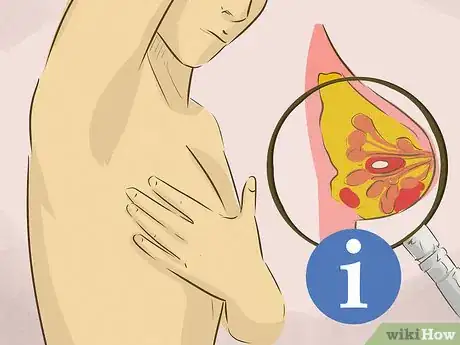
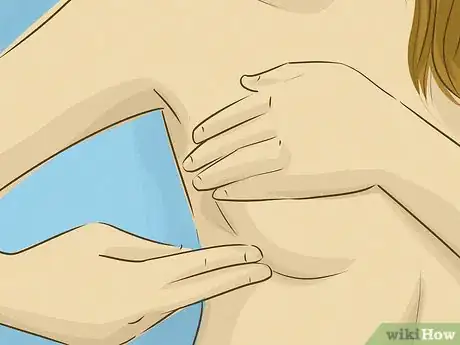
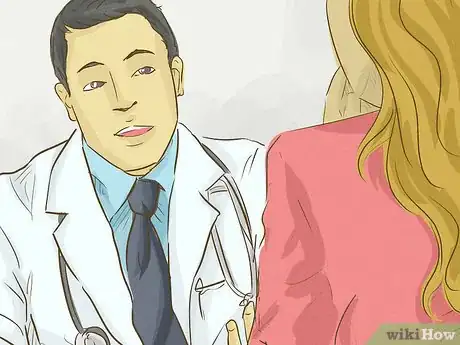
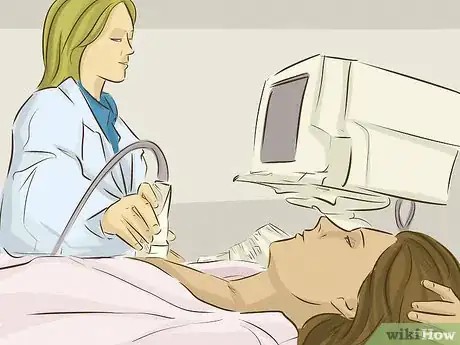
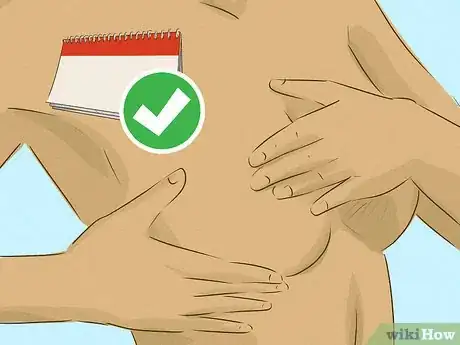
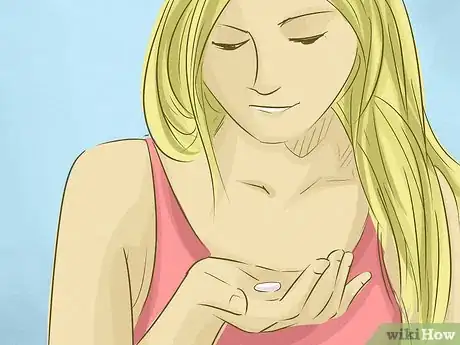
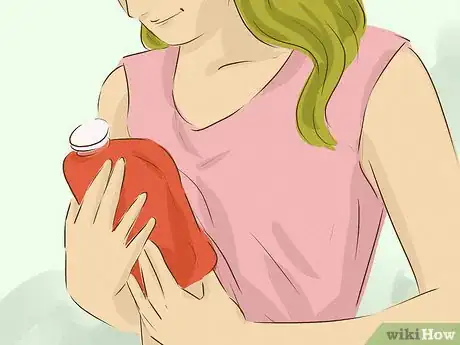
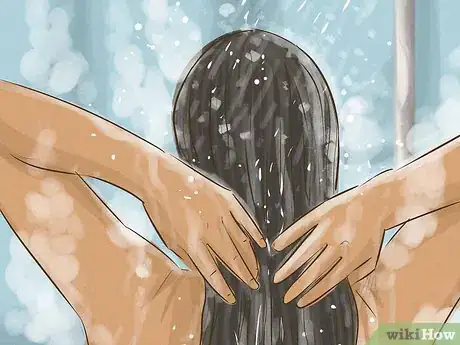
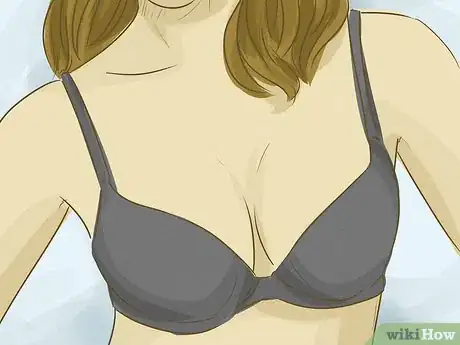
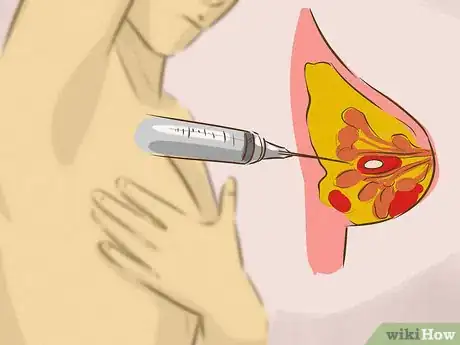

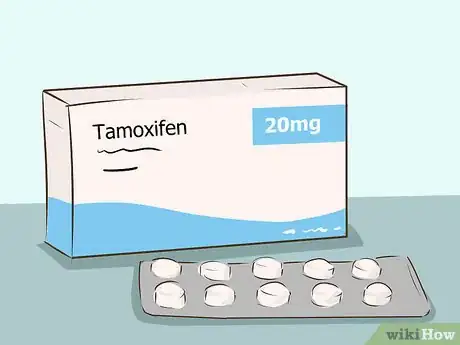
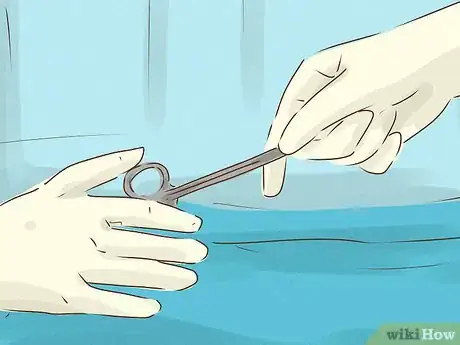

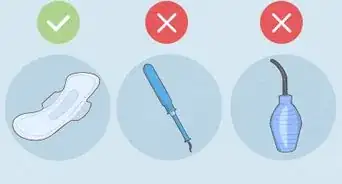




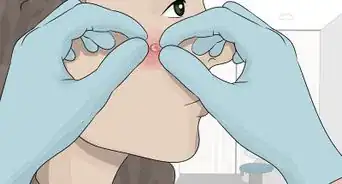
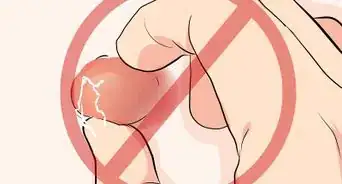

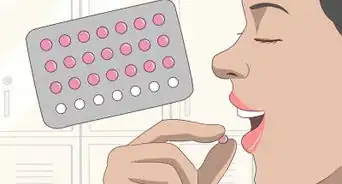
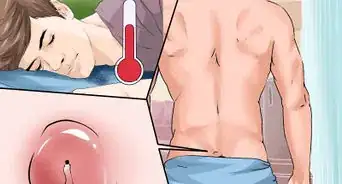

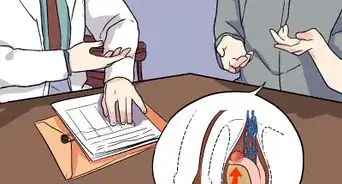
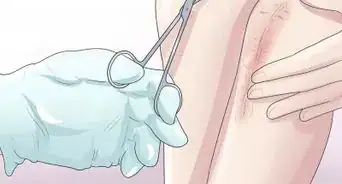







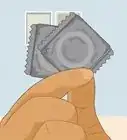
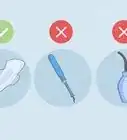

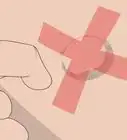



































Medical Disclaimer
The content of this article is not intended to be a substitute for professional medical advice, examination, diagnosis, or treatment. You should always contact your doctor or other qualified healthcare professional before starting, changing, or stopping any kind of health treatment.
Read More...